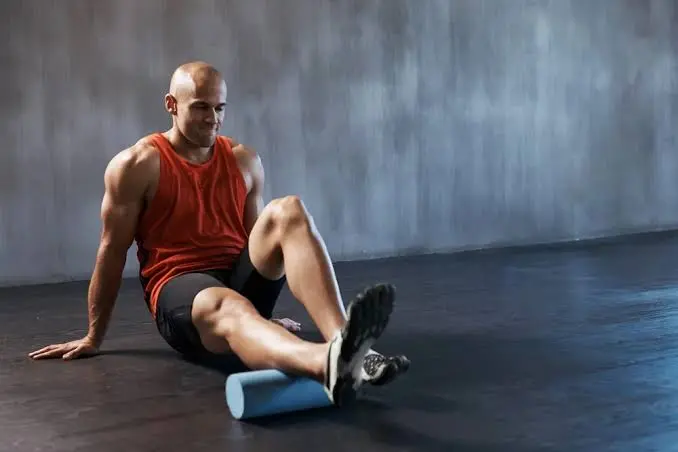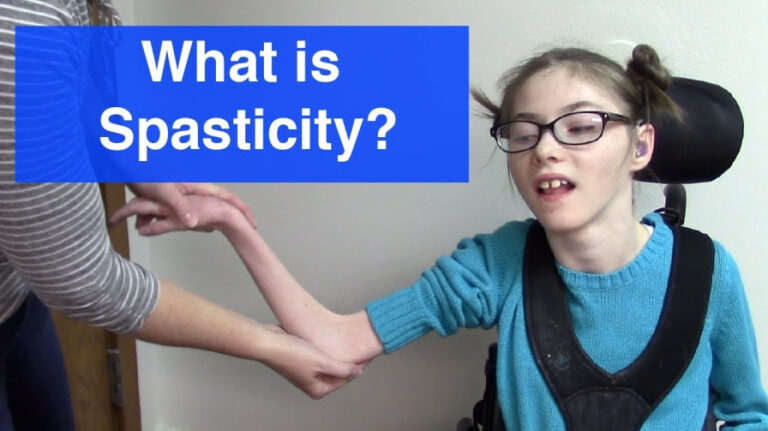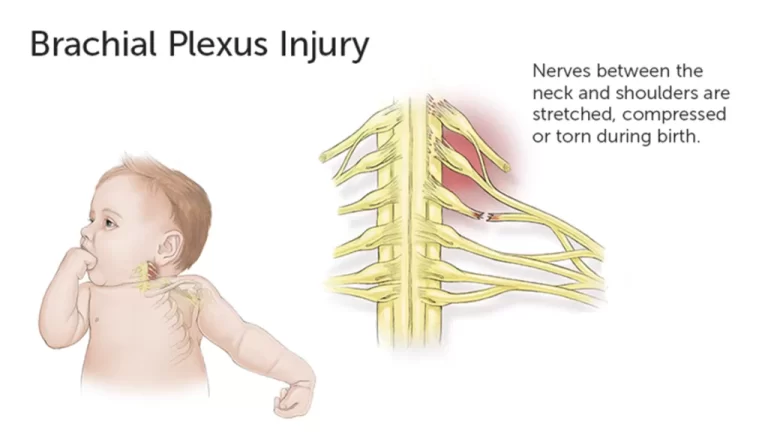Suprascapular Nerve Entrapment
Table of Contents
What is a Suprascapular Nerve Entrapment?
Suprascapular nerve entrapment is a painful diseased condition of the shoulder characterized by traction damage to the suprascapular nerve, which causes shoulder pain. Though it is uncommon, it can be caused by excessive nerve deviation, such as during sports that require frequent overhead positioning of the arms.
Suprascapular neuropathy, which causes shoulder pain and weakness, is often misdiagnosed. Misdiagnoses can lead to inappropriate physical rehabilitation or surgical procedures. It is especially important to determine the exact cause of the pain.
There can be a variety of causes for nerve entrapment, particularly at the suprascapular and spinoglenoid notches, where nerve deviation is restricted by bony and ligamentous structures. Additional compression may result from ganglion cysts in the glenohumeral joint. Suprascapular neuropathy in the elderly is caused by a large rotator cuff tear.
Sports such as tennis, which require frequent overhead positioning of the arm, may result in suprascapular neuropathy. The exact location of the nerve entrapment determines whether the supraspinatus and infraspinatus muscles are involved, or just the infraspinatus.
It cannot be said that sporting activities are the sole cause of suprascapular neuropathy; direct trauma to the arm, such as falling on the arm, or other overuse activities can also result in suprascapular neuropathy. Some shoulder surgical procedures, such as Bankart Repair, have a high risk of injuring the suprascapular nerve. Suprascapular neuropathy has been reported in people who have had spinal surgery due to their positioning.
Anatomy of Suprascapular Nerve
The suprascapular nerve extends from the upper trunk of the brachial plexus. The nerve roots are C5 and C6. It may occasionally have C4 roots. The nerve originates in the neck’s posterior triangle and travels over the upper part of the scapula before descending and laterally parallel to the omohyoid muscle belly.
It then passes under the suprascapular ligament, across the suprascapular notch, into the supraspinous fossa, then innervates the supraspinatus muscles. It curves around the scapula’s spinous process, passing through the spinoglenoid notch before entering the infraspinous fossa, where it innervates the infraspinatus muscle. The suprascapular nerve also sends sensory signals to the glenohumeral and acromioclavicular joints.
What is a type of suprascapular nerve compression?
Suprascapular nerve compression occurs when another anatomical structure presses directly against the nerve. Local ligaments (for example, the suprascapular ligament) can thicken and trap the suprascapular nerve.
The nerve is frequently entrapped at the spinoglenoid notch as it travels to the infraspinatus muscle. Suprascapular nerve compression can be caused by tumours, ganglion cysts, labral cysts, or other scapular structural irregularities.
Are certain populations more susceptible to suprascapular nerve entrapment?
Yes. Because repetitive stretching of the suprascapular nerve can cause suprascapular neuropathy, athletes who perform repetitive overhead movements (volleyball, baseball, weightlifting, swimming, tennis) are at a high risk of developing suprascapular nerve entrapment.
Individuals with underlying health conditions that cause scapular muscle weakness, abnormal bone development, or scapular ligament irregularities are also more likely to develop suprascapular nerve entrapment.
What are the beginning signs of suprascapular nerve entrapment?
Shoulders and arms are weak or heavy. Burning pain in the neck, back, or arms. Pain increases with shoulder movement. There is discomfort in the shoulder and upper back.
The back of the shoulder muscles are weak and wasting.
What symptoms indicate suprascapular nerve entrapment?
Suprascapular neuropathy is characterized by burning pain that spreads to the affected arm, neck, or back. Additional signs of suprascapular nerve entrapment include:
- shoulder pain, upper back discomfort.
- Pain generally worsens with shoulder movement.
- Weakness in the affected shoulder or arm, particularly in external rotation.
- The affected shoulder muscles may atrophy or deteriorate.
- Partial or total loss of shoulder function
How is suprascapular nerve entrapment diagnosed?
If suprascapular neuropathy is a possibility, the primary phase is to get a radiological study to investigate the structures more closely. Along with standard views, suprascapular notch, and Stryker views are also recorded. Unless there is a trauma to explain this condition, radiographic findings are typically unremarkable.
In addition to X-rays, an MRI of the shoulder may be required to determine the presence of muscle oedema and atrophy. An MRI may also reveal the presence of a ganglion cyst, resulting in compression of the suprascapular nerve.
Another useful diagnostic tool for suprascapular neuropathy is 3T magnetic resonance, which detects nerve abnormalities or muscle denervation changes. Ultrasound is a cost-effective diagnostic tool for identifying suprascapular neuropathy. Ultrasound can provide precise information.
In addition to the abovementioned tests, an electrodiagnostic study can help diagnose suprascapular neuropathy. EMG may show positive sharp waves and fibrillation potentials indicating denervation. During the study, abnormal motor unit recruitment may have been observed.
What are the treatment options for suprascapular nerve entrapment?
Non-surgical Treatment:
If suprascapular nerve entrapment is confirmed and the symptoms do not interfere with daily activities, conservative therapies may be sufficient to treat the condition. Rest, ice, and nonsteroidal anti-inflammatory medications (NSAIDs) are recommended to manage pain and inflammation.
It is also recommended to apply heat before performing any shoulder stretching or strengthening exercises. It is recommended to undergo physical therapy to improve shoulder mobility, strength, and range of motion.
Surgical treatment:
If conservative treatments are ineffective, surgical intervention may be necessary to treat the condition. The surgical procedure is designed to create more space for the nerve by widening the suprascapular or supraglenoid notch, depending on where the nerve is compressed.
Arthroscopic Surgery:
A more accurate technique to treat suprascapular nerve entrapment is the arthroscopic procedure, sometimes known as the keyhole technique. Arthroscopic release of the entrapped scapular nerve is both safe and effective.
This surgery has recently gained popularity due to its minimally invasive nature. It is accomplished by inserting an endoscope (a flexible tube with a light and camera attached) into the joint via a small incision.
Complications during surgery can be minimized because the medial neck of the glenoid is visible. After surgery, the majority of patients reported significant improvement in pain relief and function.
Nerve Blocks:
In addition to conservative and surgical treatments, nerve blocks can be used to treat suprascapular neuropathy. These blocks provide significant symptom relief by injecting an anaesthetic into the suprascapular nerve, relieving shoulder pain caused by this condition.
Physiotherapy Treatment
To avoid repetitive trauma, overhead athletes should modify their activities specifically for sports. To avoid adhesive capsulitis, maintain a full range of motion at the shoulders. It is recommended to stretch the posterior shoulder capsule and strengthen the rotator cuff and shoulder muscles.
There are no built physiotherapy protocols for the treatment of suprascapular nerve palsy. This clinically significant area must be addressed through research.
Summary
Suprascapular nerve entrapment is a shoulder condition characterized by traction damage to the suprascapular nerve, causing shoulder pain. It can be caused by excessive nerve deviation, such as during sports that require frequent overhead positioning. Misdiagnosis can lead to inappropriate physical rehabilitation or surgical procedures.
Suprascapular neuropathy can be caused by various factors, including nerve entrapment at the suprascapular and spinoglenoid notches, ganglion cysts in the glenohumeral joint, and overuse activities in the elderly. Sports like tennis and repetitive overhead movements can also cause the condition. Early signs include weak or heavy shoulders, burning pain, and shoulder and upper back discomfort.
Diagnosis involves radiological studies, MRIs, and electrodiagnostic studies. Treatment options include non-surgical treatments like rest, ice, NSAIDs, surgical intervention, arthroscopic surgery, nerve blocks, and physiotherapy. To avoid repetitive trauma, overhead athletes should modify their activities and strengthen the rotator cuff and shoulder muscles.
FAQs
SSN compression occurs primarily at two sites: the suprascapular notch and the spinoglenoid notch.
Rest, ice, and nonsteroidal anti-inflammatory medications (NSAIDs) are recommended to manage pain and inflammation. It is also recommended to apply heat before performing any shoulder stretching or strengthening exercises.
A scapula fracture, rotator cuff tear, or shoulder arthrodesis can all cause major trauma. All of these can cause nerve compression. Repetitive overhead loading, which is commonly seen in sports such as tennis, weight lifting, boxing, and baseball, is most likely caused by repetitive trauma.
The suprascapular nerve corresponds to the lateral branch of the upper trunk of the brachial plexus. It receives nerve fibres from the nerve roots C5 and C6 (and occasionally C4). The suprascapular nerve is a mixed nerve, which means that it supplies both sensory and motor functions to the suprascapular region.
The suprascapular and spinoglenoid notch are two usual places for nerve entrapment. Trauma to a shoulder involving scapula, clavicle, or proximal humerus fractures can seriously harm the suprascapular nerve.
References
- Suprascapular Nerve Entrapment | Bangalore Shoulder Institute. (n.d.). Bangalore Shoulder Institute. https://bangaloreshoulderinstitute.com/suprascapular-nerve-entrapment/
- Williams, R. (2022, July 28). Suprascapular Nerve Entrapment. Riley J. Williams III, MD – Orthopedic Surgeon. https://rileywilliamsmd.com/suprascapular-nerve-entrapment-compression-neuropathy-shoulder-specialist-manhattan-new-york-city-ny/
- Suprascapular Nerve Palsy. (n.d.). Physiopedia. https://www.physio-pedia.com/Suprascapular_Nerve_Palsy
- S. M. (2023, February 13). Suprascapular Nerve Entrapment – Cape Shoulder Institute. Cape Shoulder Institute. https://shoulderinstitute.co.za/suprascapular-nerve-entrapment/






